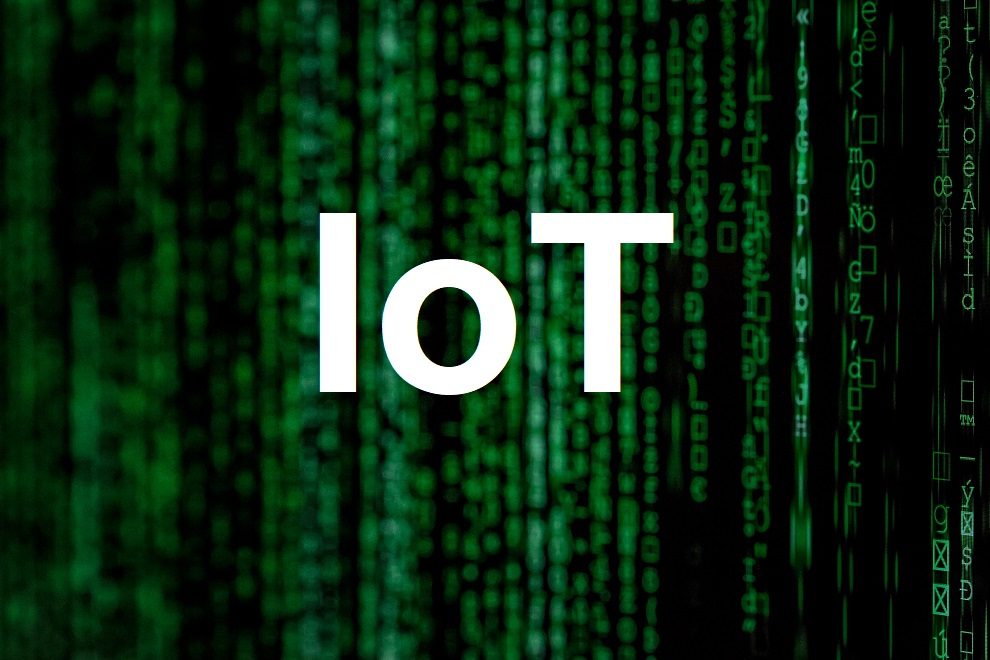“Industries worldwide are facing unprecedented and rapid expansion as the number of Internet of Things (IoT) devices is expected to grow to over 75 billion by 2025 and achieve a market worth US $14 trillion worldwide by 2030. Despite this, a staggering 76 percent of IoT projects either stall at the proof-of-concept stage or fail to achieve their objectives,” said Martin Killian, Sr. IoT Solutions Architect at Speedcast.
Speaking on the second day of the CommunicAsia virtual event, Killian emphasized how the current regulatory barriers and costs of connectivity can have a detrimental impact on IoT projects worldwide. This, he said, means that service providers and organizations can often face barriers before they even start, leading them to abandon IoT projects or deem them too unsuccessful to continue.
“If businesses want to avoid common pitfalls to achieve success, complete, managed services of end-to-end delivery for all types of satellite IoT solutions and ubiquitous dual mode-cellular and satellite device coverage are critical,” said Killian. “IoT solutions are, by their nature, complex. Success depends on data capture and data communications on a massive scale and marshalling the right technologies, technology partners and communications providers to meet the necessary requirements.”
Killian continued, that in order to stay ahead of the competition, organizations must consider all aspects of the solution and find vendors that have strong system integration capabilities – allowing for the guaranteed success of their IoT projects; delivering greater efficiency and increased revenues.
“IoT has the capability to be a real game-changer for a range of different industries but can be a challenge due to the local and global regulatory barriers and the costs of moving increasing volumes of data,” added Killian. “Delivering successful IoT projects can be complex but with the right solutions and strong technology partners, the number of IoT project failures can drastically be reduced.”
To help organizations address these challenges, Killian described how Speedcast is committed to innovating and delivering market-leading solutions as technology develops and the industry looks for better ways to incorporate IoT effectively and efficiently into their networks.
He concluded: “To meet the exponential demands of consumers both today and in the future, we have created device and network agnostic IoT solutions to seamlessly manage data from multiple communications vendors. The Speedcast IoT platform has added new capabilities, offering customer-centric devices and applications, Lora gateway and edge functions, to ensure the success of any future IoT projects and offer reliability standards of five nines.”








